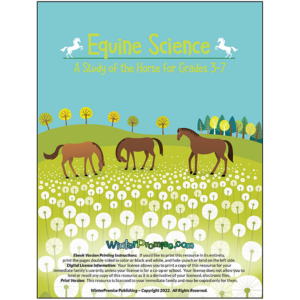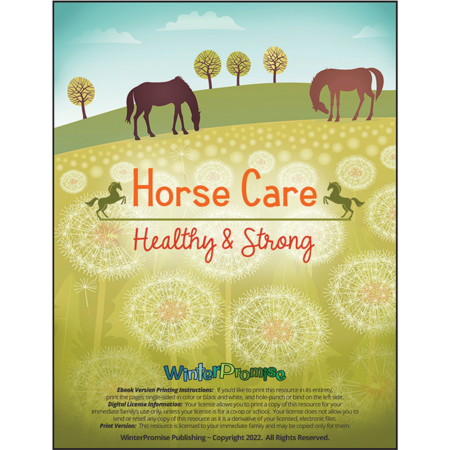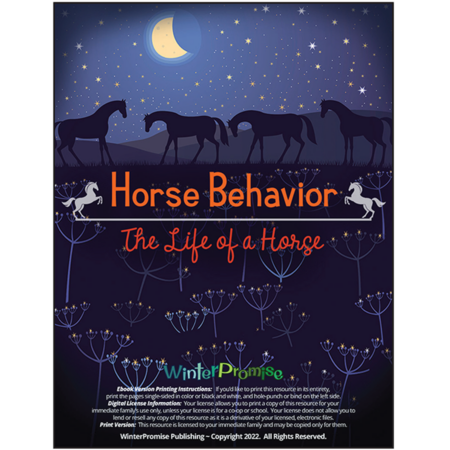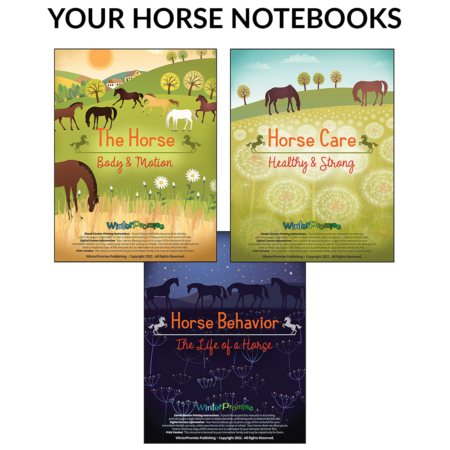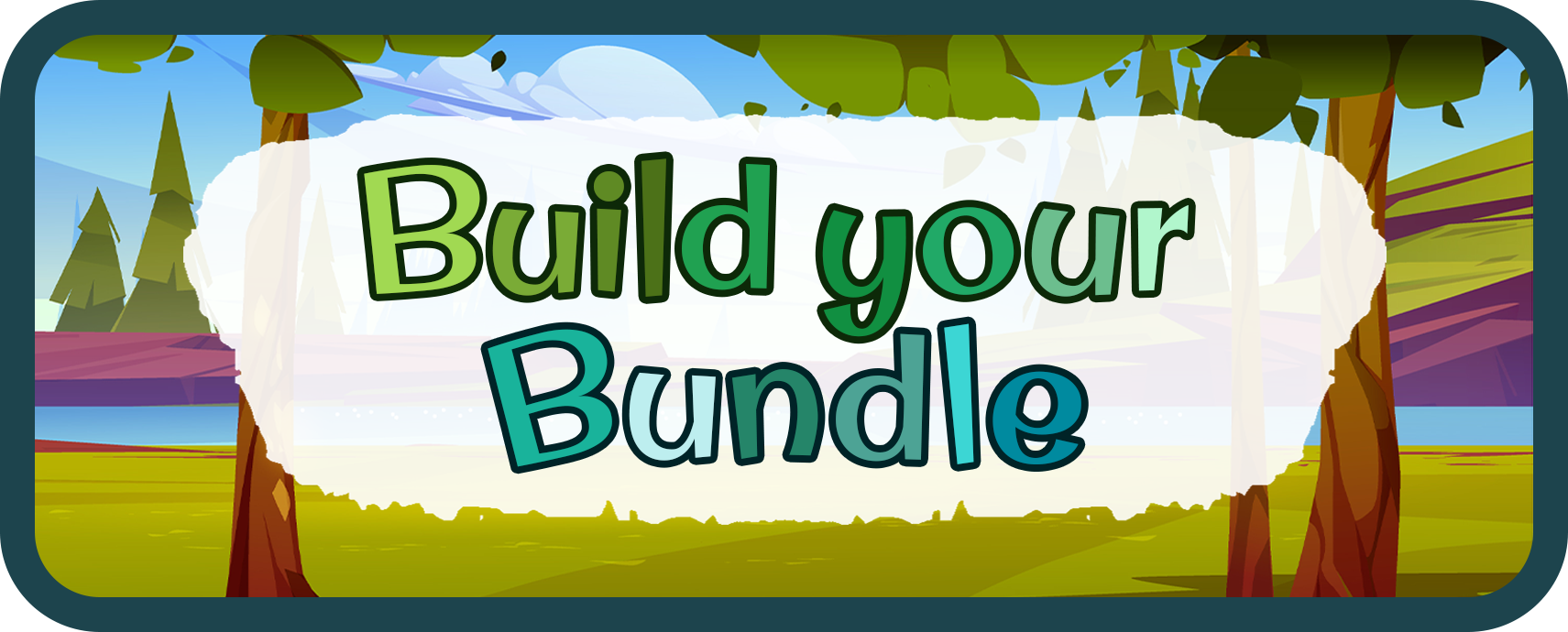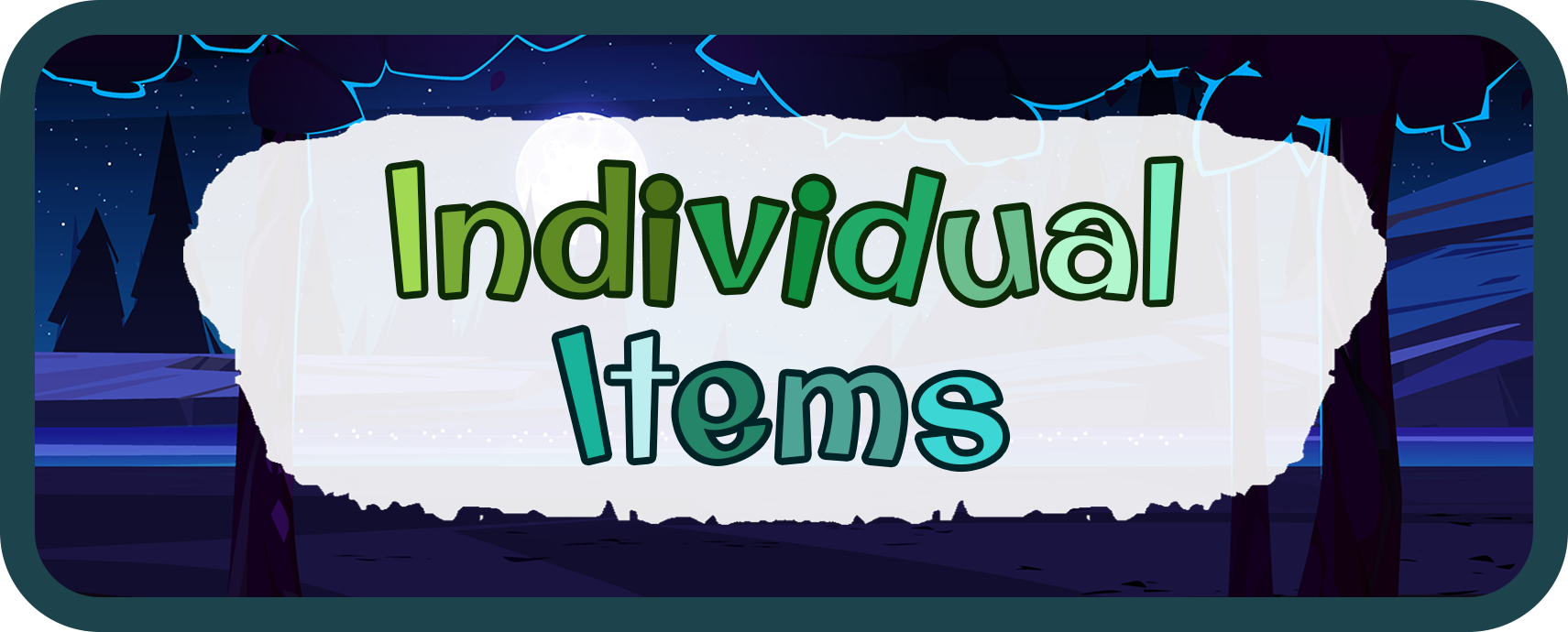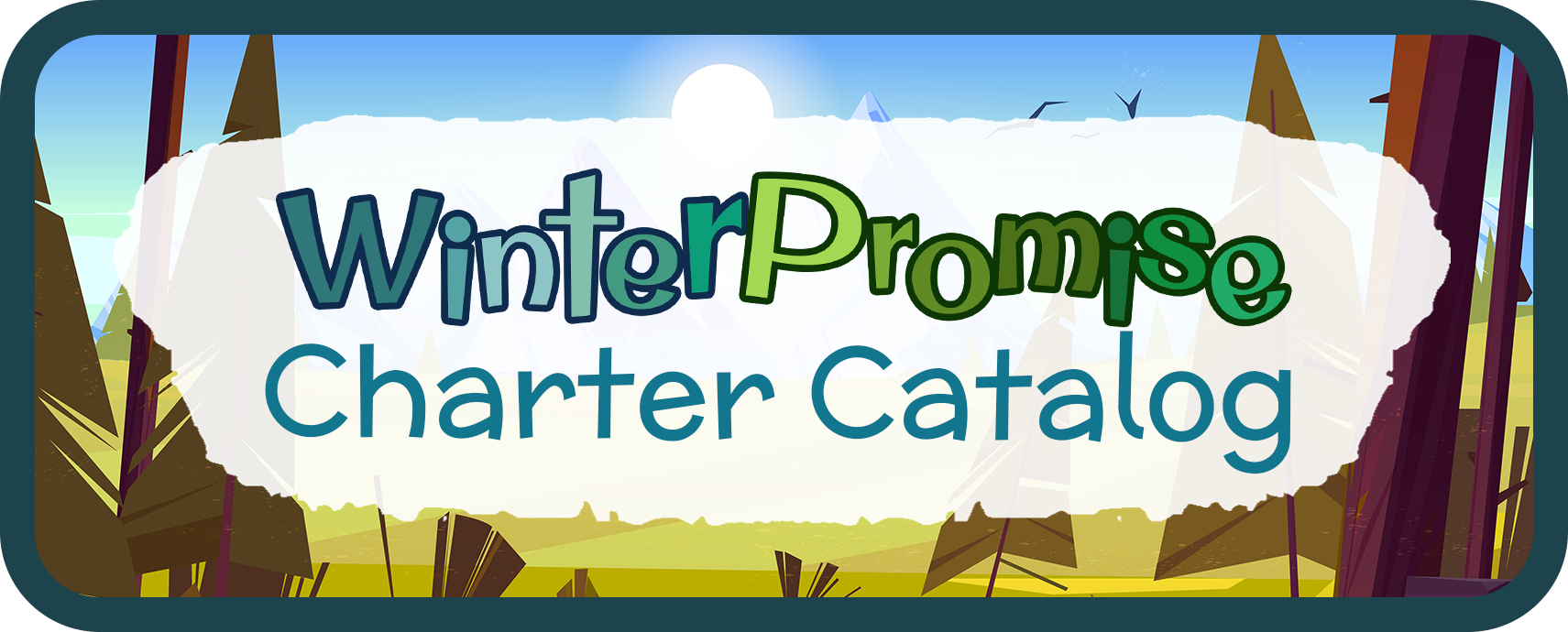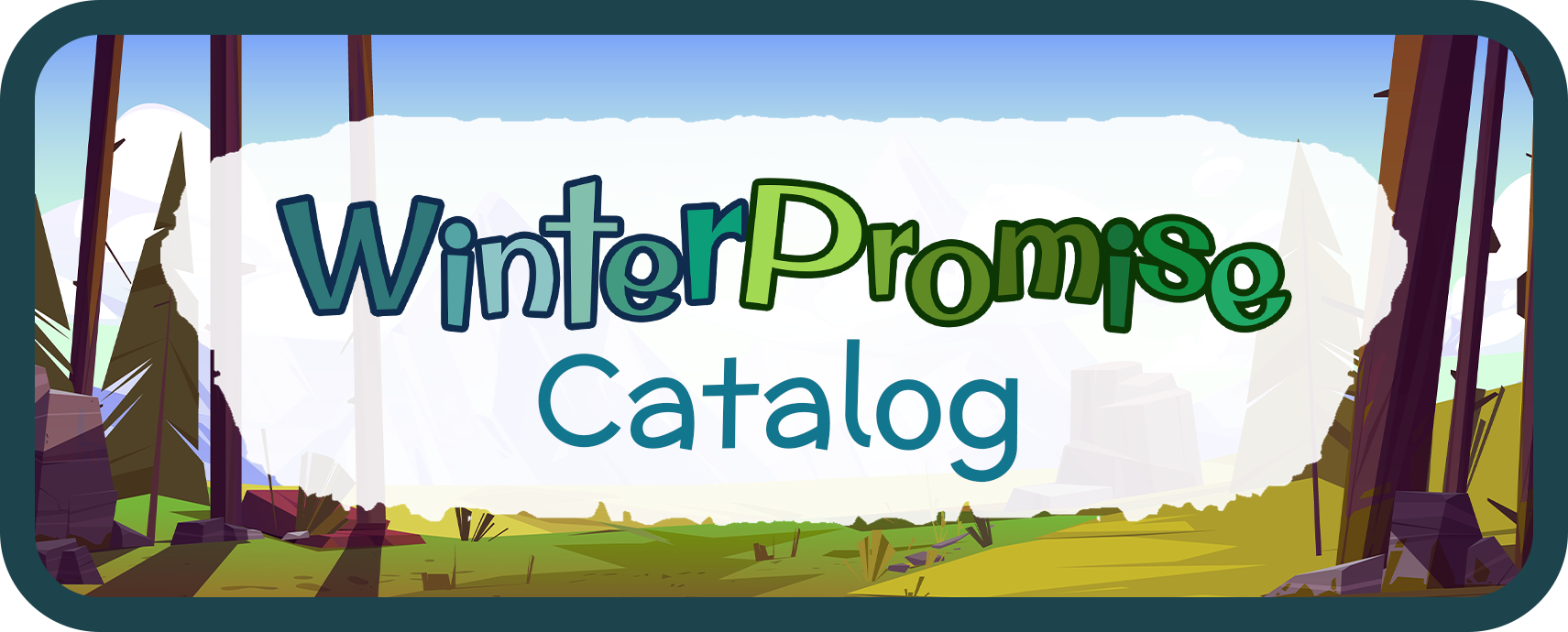Equine Science Guide
Ebook
Learn everything you need to know about horses in our Equine Science Program. This guide provides suggested activities, a 36 week schedule, parent and teacher helps and tips, where to find suggested reading books to take learning even farther!


